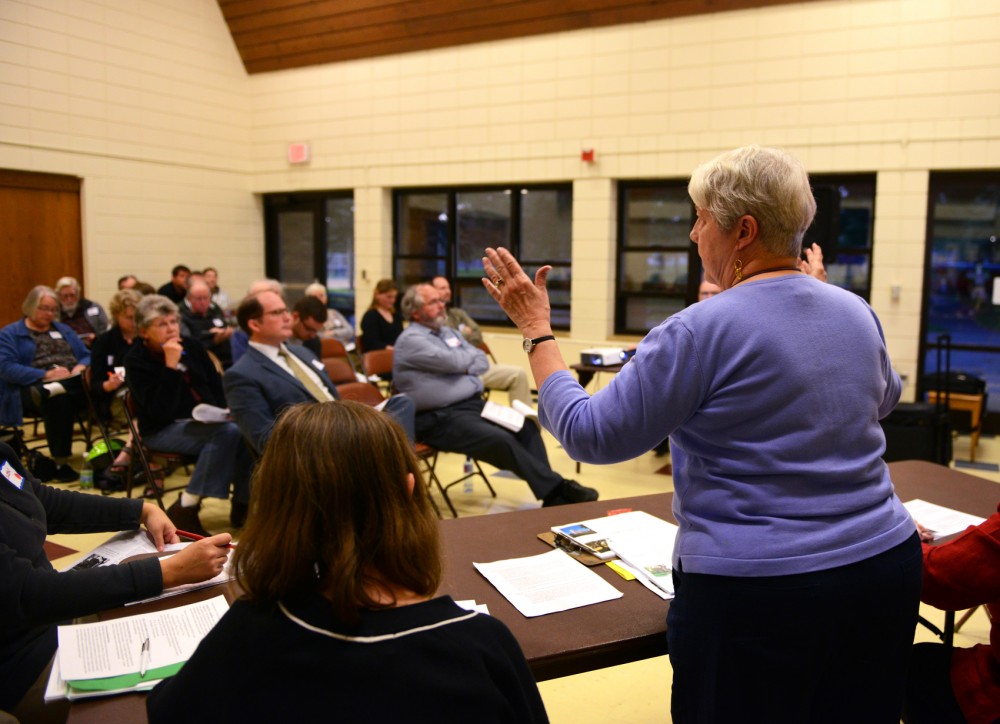While neighborhoods like Prospect Park and Marcy-Holmes have commercialized in recent years, leaders in Southeast Como hope to keep high-rise apartments and bustling commercial areas out of the area.
The Southeast Como Improvement Association presented a completed draft of its Como Blueprint Wednesday, which outlines the neighborhood’s business, housing and transportation development plans for the next 20 years.
Natalie Reciputi, chair of the Como Blueprint Committee said the most important points in the blueprint were its resolutions for land usage, transportation, public safety and housing.
After three years of drafting, Reciputi presented the plan at the final of four community meetings Wednesday.
The plan recommends an increase of lighting in the neighborhood, extending sidewalk curbs and pushing developers to build apartments with more studio and one- and two-bedroom units.
“High-rises are not quite appropriate on Como Avenue.” Reciputi said. “[But] they might be appropriate on East Hennepin, where it runs through our neighborhood.”
She said other neighborhoods, like Marcy-Holmes and Prospect Park, have seen brand new high-rise apartment complexes built in recent years, and Como residents don’t want that to happen to their neighborhood.
The plan also has provisions to pursue designating areas of the neighborhood as “conversation districts,” which would preserve the neighborhood’s existing character.
The Como Blueprint also features the establishment of three “community corridors” at East Hennepin Avenue, 15th Avenue Southeast and parts of Como Avenue Southeast, which would be primarily residential streets with small commercial establishments interspersed in those areas.
The plan proposes those areas should be subject to development of mixed-use buildings, with retail space on lower floors and housing above.
Reciputi said the corridors are meant to encourage mixed-housing developers to steer away from the center of Como, which is filled with single-family homes.
Nina Wong, ChinDian Cafe owner and Como resident, said at the meeting she’d prefer mixed-use housing stay outside the neighborhood.
Instead, she said she would like to convert small houses that already line corridors into boutique-style businesses similar to shops on Grand Avenue in St. Paul.
“We can adjust the neighborhood so there’s more businesses that come here and want to do business in Como,” Wong said. “More of a friendly business corridor.”
Minneapolis City Planner Haila Maze said at Wednesday’s meeting the plan will allow the neighborhood to anticipate changes.
“We’re not just reacting, we’re being proactive,” Maze said. “This is our vision for the neighborhood.”
If the plan is approved by SECIA at a meeting Tuesday, it will be sent to the City of Minneapolis’ Planning Commission where it will sit for a mandatory 45-day comment period.








